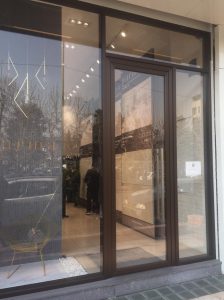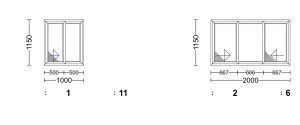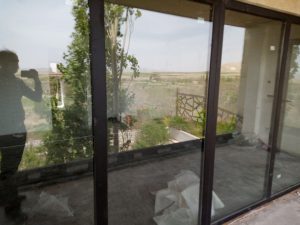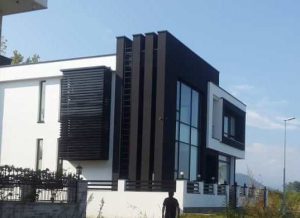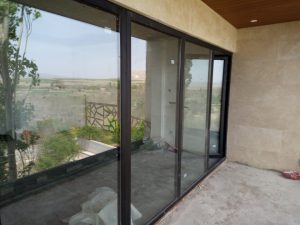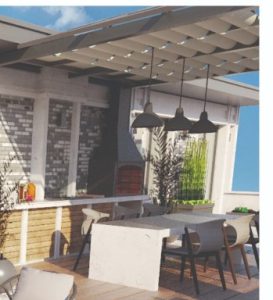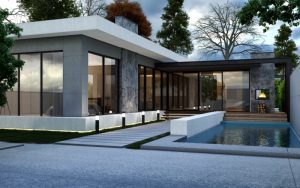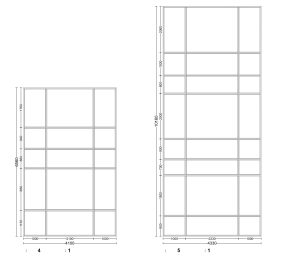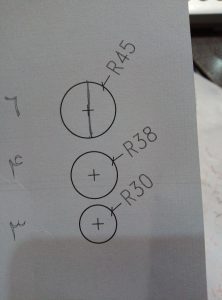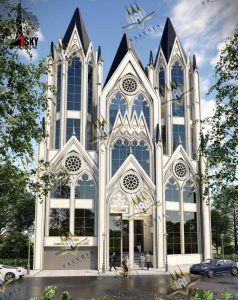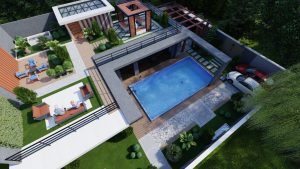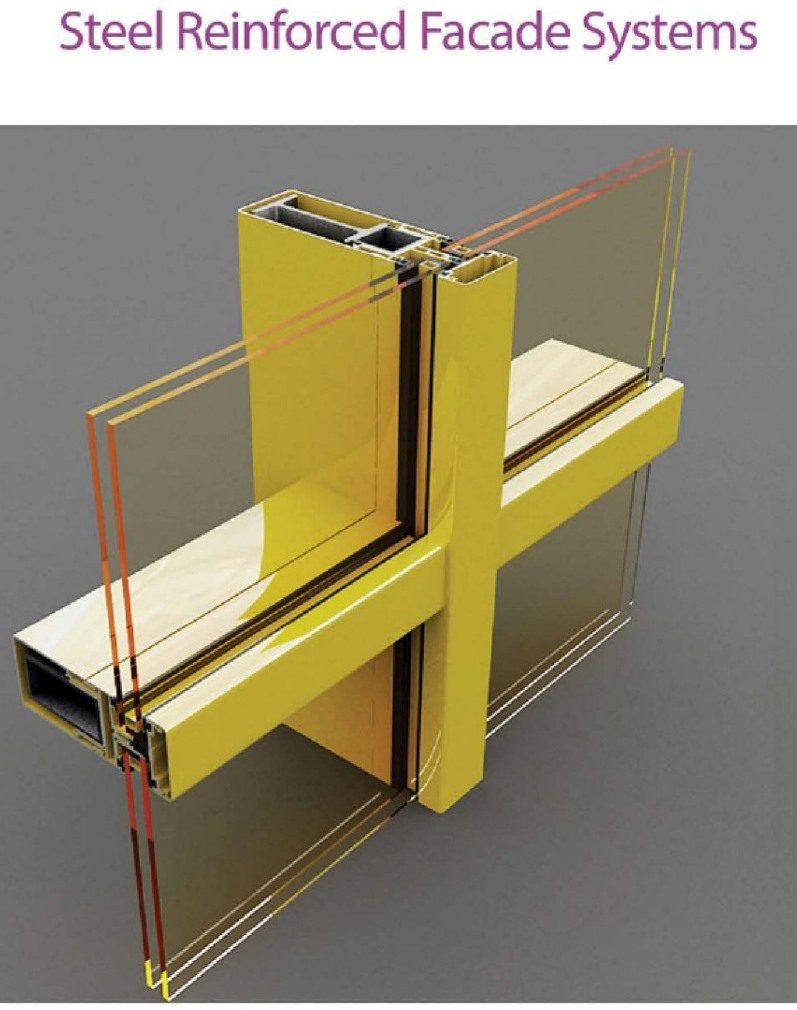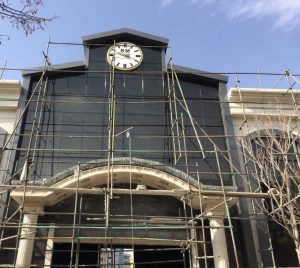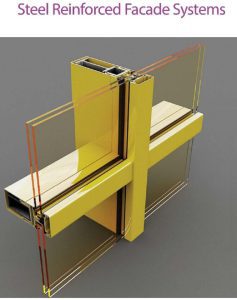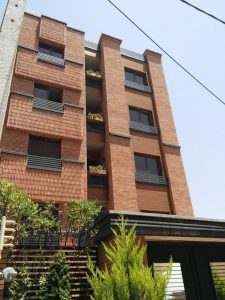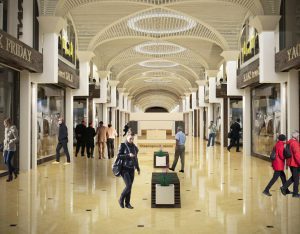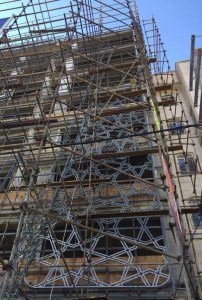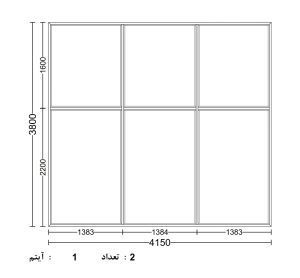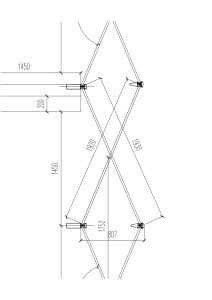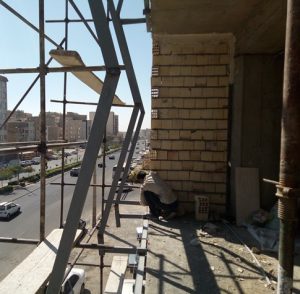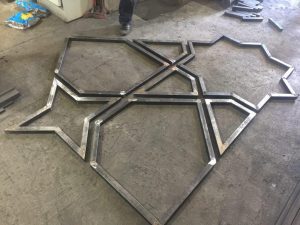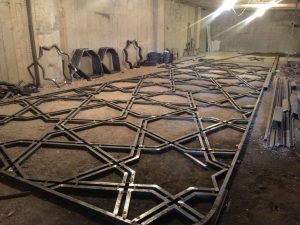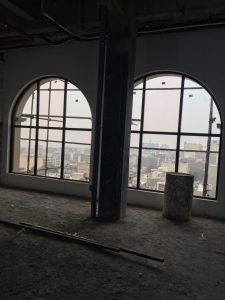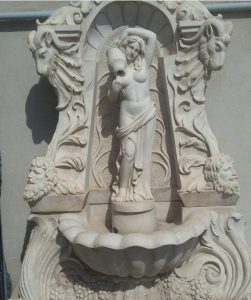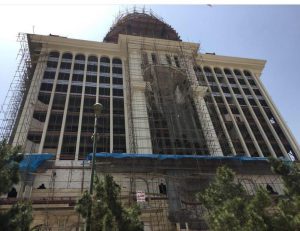Aluminium manufacturers in India
Aluminium manufacturers in India
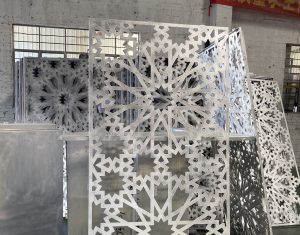
India has emerged as a significant player in the global aluminium industry, with several world-class aluminium manufacturers operating in the country. Aluminium, a lightweight and durable metal, finds extensive use in various sectors such as construction, automotive, packaging, and electrical applications. The Indian aluminium industry has seen tremendous growth in recent years, owing to the availability of abundant bauxite deposits, favourable government policies, and an ever-increasing demand for aluminium products.
In this article, we will take a closer look at some of the top aluminium manufacturers in India, their production capacities, product range, and growth prospects.
Hindalco Industries Ltd.
Hindalco Industries, a flagship company of the Aditya Birla Group, is one of the largest aluminium manufacturers in India. The company has a diverse product range that includes aluminium products, copper products, and fertilizers. Hindalco’s aluminium division has an annual production capacity of 1.3 million tonnes and operates four state-of-the-art manufacturing facilities located in Renukoot, Belgaum, Hirakud, and Muri.
The company’s product portfolio includes primary aluminium, extrusions, rolled products, and wire rods. Hindalco’s products find extensive use in various sectors such as construction, automotive, packaging, and electrical applications. The company has a significant presence in the global market and exports its products to over 50 countries.
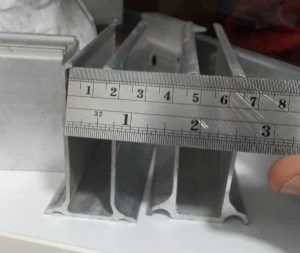
National Aluminium Company Ltd. (NALCO)
National Aluminium Company Limited (NALCO) is a public sector enterprise under the Ministry of Mines, Government of India. The company has an integrated aluminium complex located in the state of Odisha, which includes bauxite mines, alumina refinery, smelter, and power plant. NALCO has an annual production capacity of 2.275 million tonnes of alumina and 0.46 million tonnes of aluminium.
NALCO’s product portfolio includes aluminium ingots, billets, wire rods, and rolled products. The company also produces high-grade alumina, which is used in various applications such as ceramics, refractories, and abrasives. NALCO is committed to sustainable development and has implemented several measures to conserve energy, water, and natural resources.
Vedanta Ltd.
Vedanta Limited is a diversified natural resources company with operations in India and abroad. The company’s aluminium division operates an integrated aluminium complex located in the state of Odisha. The complex includes an alumina refinery, smelter, and power plant with a combined annual capacity of 2.3 million tonnes.
Vedanta’s aluminium products include ingots, billets, wire rods, and rolled products. The company’s products find extensive use in various sectors such as construction, automotive, and electrical applications. Vedanta is committed to sustainable development and has implemented several measures to conserve energy, reduce greenhouse gas emissions, and promote biodiversity.
 Bharat Aluminium Company Ltd. (BALCO)
Bharat Aluminium Company Ltd. (BALCO)
Bharat Aluminium Company Limited (BALCO) is a Vedanta group company that operates an integrated aluminium complex located in the state of Chhattisgarh. The complex includes a bauxite mine, alumina refinery, smelter, and power plant with a combined annual capacity of 0.57 million tonnes.
BALCO’s product portfolio includes aluminium ingots, billets, wire rods, and rolled products. The company’s products find extensive use in various sectors such as construction, automotive, and electrical applications. BALCO is committed to sustainable development and has implemented several measures to conserve energy, reduce greenhouse gas emissions, and promote biodiversity.
Jindal Aluminium Ltd.
Jindal Aluminium Limited is a leading aluminium extrusion company in India with a market share of over 40%. The company has state-of-the-art manufacturing facilities located in Bangalore, Chennai,Mangalore, and Tumkur, with a combined annual capacity of 85,000 tonnes. Jindal Aluminium’s product range includes extruded profiles, tubes, rods, and bars, which find extensive use in various sectors such as construction, automotive, and electrical applications. The company also offers custom-designed products as per customer requirements.
Jindal Aluminium is committed to sustainable development and has implemented several measures to conserve energy, reduce greenhouse gas emissions, and promote biodiversity. The company has also received several awards and recognitions for its efforts in promoting sustainability.
HINDUSTAN ALUMINIUM CORPORATION LIMITED (HINDALCO)
Hindustan Aluminium Corporation Limited (Hindalco) is a subsidiary of the Aditya Birla Group and is one of the leading aluminium manufacturers in India. The company has a diverse product portfolio that includes aluminium products, copper products, and fertilizers. Hindalco’s aluminium division has an annual production capacity of 1.3 million tonnes and operates four state-of-the-art manufacturing facilities located in Renukoot, Belgaum, Hirakud, and Muri.
Hindalco’s product range includes primary aluminium, extrusions, rolled products, and wire rods. The company’s products find extensive use in various sectors such as construction, automotive, packaging, and electrical applications. Hindalco is committed to sustainable development and has implemented several measures to conserve energy, reduce greenhouse gas emissions, and promote biodiversity.
Norsk Hydro India
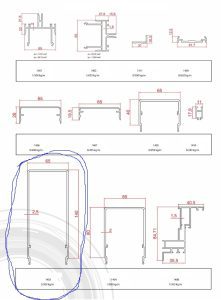 Norsk Hydro India, a subsidiary of Norwegian company Norsk Hydro, is one of the leading aluminium manufacturers in India. The company has a state-of-the-art manufacturing facility located in the state of Maharashtra, with an annual production capacity of 78,000 tonnes of extruded aluminium products.
Norsk Hydro India, a subsidiary of Norwegian company Norsk Hydro, is one of the leading aluminium manufacturers in India. The company has a state-of-the-art manufacturing facility located in the state of Maharashtra, with an annual production capacity of 78,000 tonnes of extruded aluminium products.
Norsk Hydro India’s product range includes extruded profiles, sheets, and plates, which find extensive use in various sectors such as construction, automotive, and electrical applications. The company also offers custom-designed products as per customer requirements.
Norsk Hydro India is committed to sustainable development and has implemented several measures to conserve energy, reduce greenhouse gas emissions, and promote biodiversity. The company has also received several awards and recognitions for its efforts in promoting sustainability.
MALCO
MALCO, a subsidiary of Vedanta Limited, is one of the leading aluminium manufacturers in India. The company has a state-of-the-art manufacturing facility located in the state of Tamil Nadu, with an annual production capacity of 55,000 tonnes of primary aluminium.
MALCO’s product range includes primary aluminium ingots, billets, and wire rods, which find extensive use in various sectors such as construction, automotive, and electrical applications. The company also offers custom-designed products as per customer requirements.
MALCO is committed to sustainable development and has implemented several measures to conserve energy, reduce greenhouse gas emissions, and promote biodiversity. The company has also received several awards and recognitions for its efforts in promoting sustainability.
Conclusion
The Indian aluminium industry has seen tremendous growth in recent years, owing to the availability of abundant bauxite deposits, favourable government policies, and an ever-increasing demand for aluminium products. The industry has several world-class aluminium manufacturers operating in the country, with a diverse product range that includes primary aluminium, extrusions, rolled products, and wire rods.
The aluminium manufacturers in India are committed to sustainable development and have implemented several measures to conserve energy, reduce greenhouse gas emissions, and promote biodiversity. The companies have also received several awards and recognitions for their efforts in promoting sustainability.
With the Indian government’s focus on infrastructure development and the growing demand for aluminium products, the Indian aluminium industry is poised for further growth in the coming years. The industry is expected to attract significant investments, which will further enhance the industry’s production capacity and technological capabilities.
The Indian aluminium manufacturers have also been expanding their global footprint by setting up manufacturing facilities in other countries, thereby increasing their access to international markets. This has helped the Indian aluminium industry to become more competitive and better able to cater to the evolving needs of its customers.
However, the industry also faces several challenges, including rising energy costs, increasing competition from other countries, and the need to comply with stringent environmental regulations. To overcome these challenges, the Indian aluminium manufacturers will need to continue to invest in research and development, adopt new technologies, and focus on sustainability and innovation.
In conclusion, the Indian aluminium industry is a significant contributor to the country’s economic growth and has a bright future ahead. The industry has several world-class manufacturers operating in the country, with a diverse product range and a strong focus on sustainability. With the Indian government’s focus on infrastructure development and the growing demand for aluminium products, the industry is expected to attract significant investments and continue to grow in the coming years.
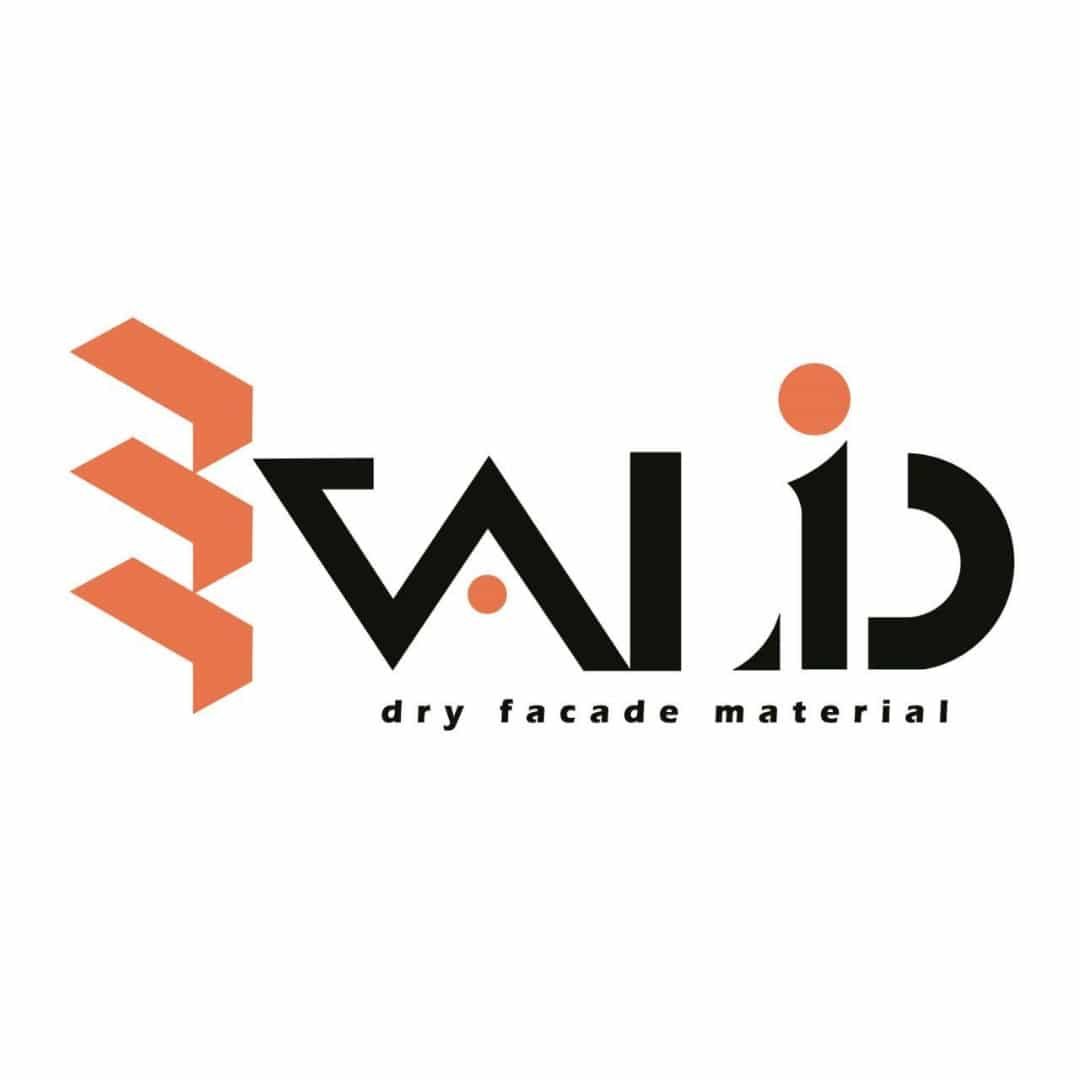

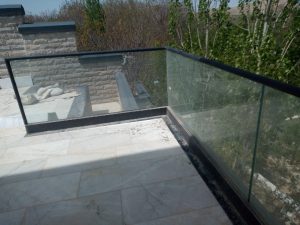 Bharat Aluminium Company Ltd. (BALCO)
Bharat Aluminium Company Ltd. (BALCO)
